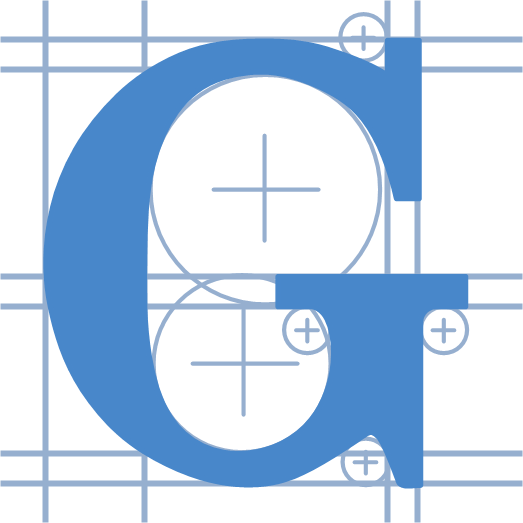


Cusco, Peru
Santo Domingo
After a late arrival the night before, we were surprised we were both up early. Janie took advantage of the nice bathtub in the hotel to rest her aching muscles. J. R. braved the shower, which had two settings, frozen and scalding, and it alternated between the two. We had a small breakfast in the hotel restaurant and then met up with Lewis and Diego for our city tour.
The first stop was Coricancha, in the heart of the city. This place, meaning Golden Temple in Quechua, was the most important temple in the Inca empire. Manco Capac began construction of the temple in 1200. Pachacutec later covered the temple in 700 gold sheets. The temple was ransacked by the Spanish and the gold was given to the conquistadors as ransom for the return of the last Inca, Atahualpa, who the Spanish executed anyway.
In the 16th century, the Spanish Dominicans built the Santo Domingo monastery on top of the ancient Inca temple. While Santo Domingo has collapsed several times due to earthquakes, the original Inca structure has not been impacted.
Sacsayhuaman
From downtown Cusco, we drove out to Sacsayhuaman, which is pronounced similar to "Sex-ay Woman", which Lewis repeated many times as if it was a funny joke. It is theorized this site was a ceremonial center but was later used as a fortress against the Spanish who had gathered in Cusco city. Cusco is rumored to have been laid out in the shape of a puma and this structure is located in the puma's head. The puma was a sacred animal to the Inca.
Enormous stones were moved by hand from a nearby quarry to create the walls of the fortress. Many of these weigh over 100 tons and are 12 feet tall or higher. It took 50 years and over 20,000 men to move the stones along crushed rock ramps. Three terraces lay behind each other with each one having walls around 50 feet high.
Awana Kancha
Our next stop took us to a Awana Kancha, a nearby alpaca and llama farm, where were were able to feed grass to the animals. We then received a small demonstration of how the baby alpaca hair was dyed and woven and then given an opportunity to purchase items in the gift shop. Seeing the animals up close was fun and learning how they make different colored dyes using cochineal, a parasite from the prickly pear cactus tree was interesting. We didn't buy anything because alpaca scarfs and mittens are not useful in Florida.
Mirador de Plaza San Cristobal
After this, our bus committed a mutiny against Diego, in his words. We were supposed to go visit the Cathedral in the main square, but many were tired from the long day before and feeling the effects of the altitude, so we asked if we could return to the hotel and skip the Cathedral and lunch. Janie headed to bed because she was worn out from the day before. J. R. ventured out to the town square to take some pictures and also hung out by the pool.
Dinner
Dinner was in the hotel bar. A small band played Latin music a little too loud while some Peruvian dancers came in and out performing a series of dances. We were not happy with another three-course menu and more Peruvian food.



























































































































